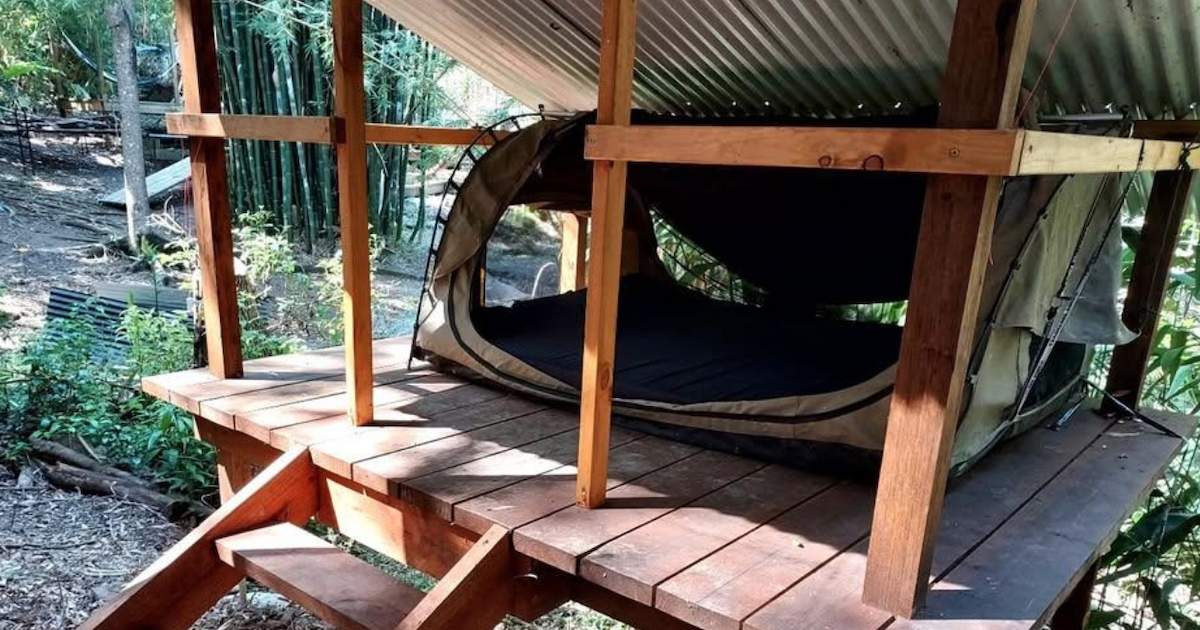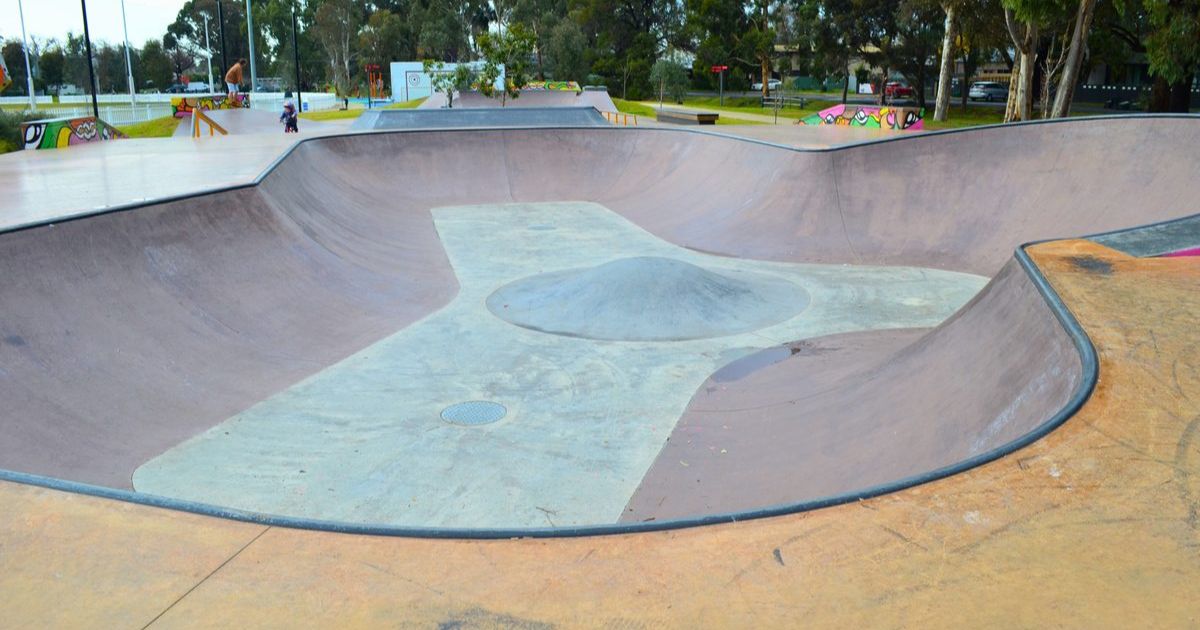Don’t Knox it until you’ve met him: the plight of the big dog

Hopeful: Mastiff and great Dane cross Knox frolics outside at the Bendigo Animal Relief Centre while he waits for his new family. Photo: ALICIA S. COOK
SINCE August, Knox, a three-year-old mastiff cross great dane, has been at Bendigo Animal Relief Centre, also known as BARC, waiting for a new home.
Described by shelter staff as a gentle giant, Knox, like other large dogs is often overlooked in favour of smaller breeds.
Operations manager at BARC Fra Atyeo said finding homes for larger breeds of dogs is a challenge because of assumptions they are harder to care for.
“Their size can be a little bit intimidating, people think that they can much harder and more difficult to walk, and that’s certainly not the case,” she said.
“A small dog without training can be quite rough on the end of the lead, big dogs with training can be quite easy to walk.”
A common misconception is larger dogs eat more and require more exercise, but Ms Atyeo said this has more to do with the breed than the size.
“We’ve got some big dogs in our care here that are over 40 kilos and have got slow metabolisms, so they don’t particularly need a great deal of food.
“Their slow metabolisms mean they’ve got a fairly lazy sort of lifestyle that they want to lead, and they’ve got training so they’re easy to walk.
“We just want people to come in and meet these dogs and see what they’re like,” she said.
When choosing a dog to adopt, Ms Atyeo said it’s better to look at breed and temperament instead of focusing on size.
“Some breeds of bigger dogs tend to be very calm and docile in noisy environments because they might have breeds in them that make them more observational dogs,” she said.
“It’s about matching what your lifestyle is, and what it is that you do, and finding the type of dog that best fits in with that situation.”
All dogs that are brought or surrendered to BARC are given medical and behavioral assessments to gauge their suitability to be rehomed.
“From that behavioral assessment we determine what sort of home they would best fit,” Ms Atyeo said.
BARC provides healthcare and socialisation to all dogs in their care, and once adopted will assist the animal to settle into their new home with 30 days of free training and support.
Dogs with a violent history or that fail to pass the assessments are either relocated to facilities that can rehabilitate them, or in some cases euthanised.
“If we believe it can be rehabilitated, they are transferred to an organisation that has the capacity to do that,” she said.
BARC currently works with approximately 20 groups in Australia that provide medical and behavioral rehabilitation to rescue animals.
The shelter will only euthanise dogs when they pose a risk to community.
“We don’t adopt out animals that we feel are a risk, so that people can feel safe knowing that they have gone through behavioral assessments” she said.
Once dogs have been assessed as suitable for adoption, BARC will care for them as long as it takes to find the animal a new home.
“I would say the average length of stay for a small dog would be three to five days, but the average length of stay for a big dog would be in excess of three weeks.
“We don’t run on time limits at all, if a dog is suitable, he’s suitable and it’s not his fault the right people aren’t coming in the door,” she said.
In the case of Knox, Ms Atyeo said she can’t believe he’s been in the shelter for more than 60 days.
“He can be a little bit goofy but really, he’s the sort of dog that just sits in front of you and offers you his paw because he just wants you to pat him on the head and tell him he’s a good boy,” she said.
Knox is currently available for adoption at half the normal price.

















